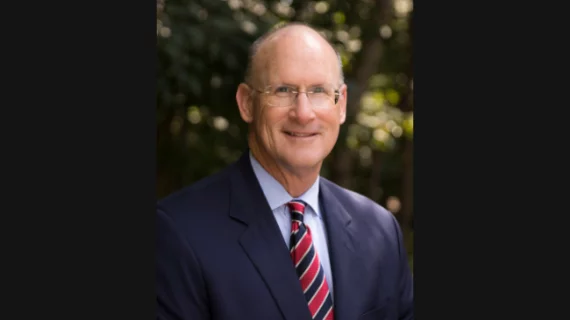Guest commentary: CMS chief is wrong; Medicare cuts this year are far from routine
Last week, many doctors around the country awoke to the news that they’d be getting a pay cut starting on Jan. 1. The Centers for Medicare and Medicaid Services announced its new fee schedule, which included 10% reductions in reimbursements to radiologists and similar cuts to pathologists, emergency doctors and many others.
In defending these cuts, CMS Administrator Seema Verma called them “routine.” “Every year there are pluses and minuses ... that happens all the time,” she said. It’s interesting to see someone in a position of such responsibility call this past year in medicine “routine.” The reality is quite the opposite: A pandemic tore through our professions, and CMS Administrator Verma’s callous disregard for that reality is as troubling as the cuts themselves.
Consider: Physicians’ practices throughout the country faced an unprecedented challenge this year. Not only were nonessential services required to shut down for long periods, but patients put off screenings, check-ups, and other medical services out of fear of contracting the coronavirus. That was understandable, and in some cases, encouraged by the rapid person-to-person transmission of the virus. But it also hollowed out many medical practices, and that trend accelerated as the virus worsened over the last several months.
The numbers bear this out: 16,000 physicians’ practices have shut down this year. Even more anticipate not being able to last past December. For those who remain open, they’re often operating by the skin of their teeth. Multiple surveys have shown reductions in patient volume by anything from a quarter to a half.
Here’s what means in the short-term: By January, the country will need doctors more than ever but there will be fewer than ever of them to serve patients. And if the cuts championed by the CMS administrator go forward, the medical system will shrink even further. What does that look like? The doctors’ offices that have become familiar fixtures in communities will begin to delay services, reduce availability or shut down entirely.
This isn’t routine. This isn’t run of the mill. This past year has been a healthcare crisis that has broken the back of the medical system, and now, the CMS administrator is proposing cuts to that system to further weaken it. Take the most glaring example: Both pathologists and infectious disease doctors will see a reduction come January. Translation: We know you’re fighting a once-in-generation global pandemic driven by a rapidly spreading virus, but here’s a pay cut for you.
This year has been a suspension of the normal in every part of our lives, and so to hear the CMS administrator waive off concerns about double-digit percentage cuts to doctors’ pay at a time like this is disturbing and unconscionable. This year, doctors have risen to the call, and many have paid a significant price for their dedication to their patients. In response, the least we might expect of Washington is that they’d keep doctors’ payments where they currently stand. Such a response would be vastly more human and humane than the casual disregard we’ve seen from Seema Verma to date.
Bob Still has served as executive director of the Radiology Business Management Association since 2017.

